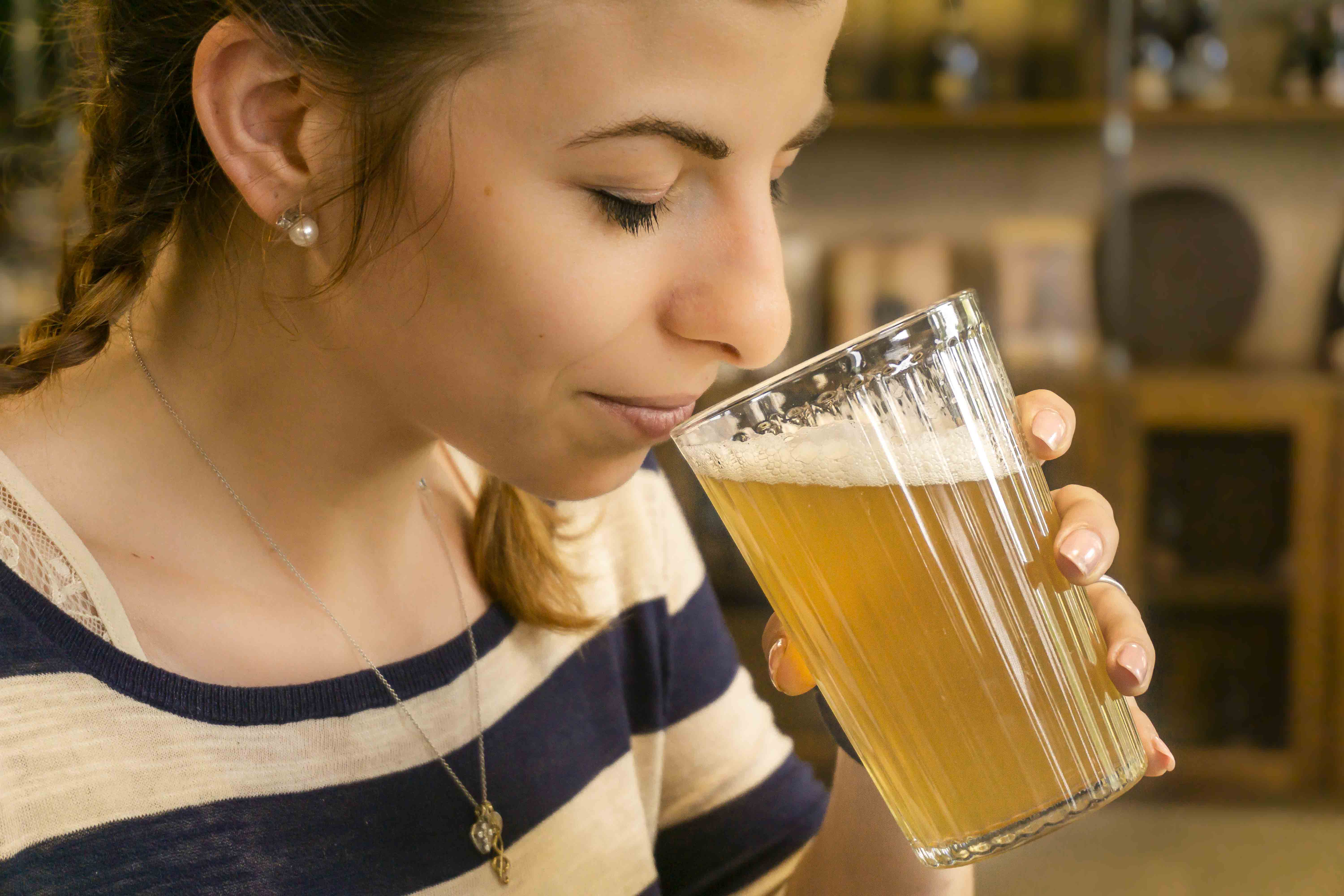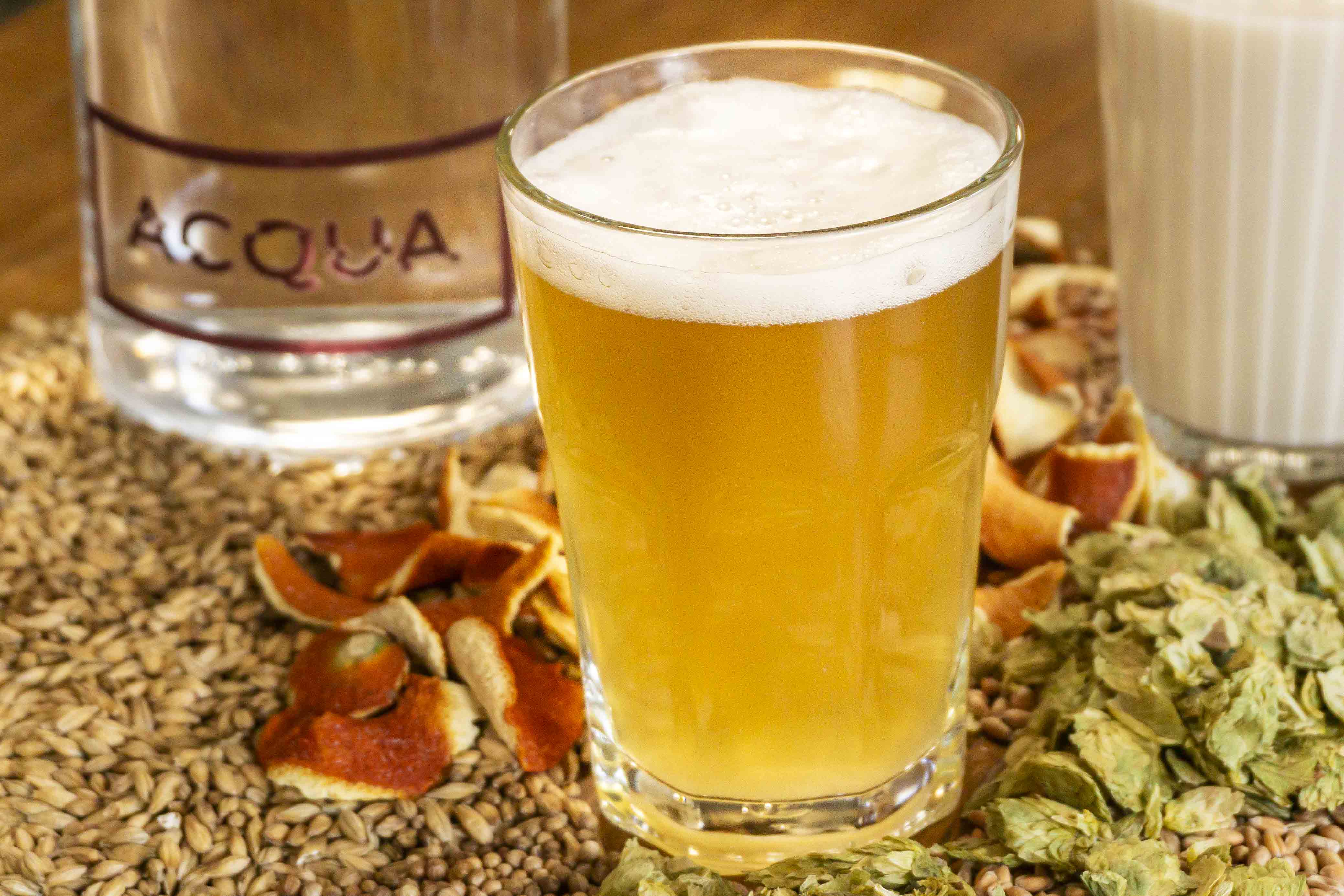What to expect from the first sip of Blanche beer - scents and aromas

I don’t like beer because it’s bitter.
How many times have we heard this statement?
And how many of us know that, in the intriguing and multifaceted world of beer styles, many are not bitter at all?
Among these, Blanche or Witbier beers certainly stand out with their gentle sweetness, balanced by a slight acidic note and lively citrusy and spicy touches.
Where and how are these light colored, milky beers - often called “white” by less expert consumers - created?
The origin of Witbier
Let’s start from the name. In Italy, we tend to use the French name Blanche. The most adequate name for these beers, however, would be the Flemish word Witbier, as the style originates from Hoegaarden (in the Flemish region of Brabantian, a few kilometers west of Brussels).
Wheat beers from northern Europe have very ancient Celtic roots. The peculiarity of Witbier, however, is the use of raw, non-malted wheat (malting is the process that turns the caryopses of barley into grains of grain).
The length of the production process required by the use of raw cereals and the rudimentary storage methods available in past centuries led to a marked acidity, tamed by the use of coriander and Curaçao orange zest, two spices that were easily available at Flemish markets.
The difficulties of production and the delicate, yet complex and unique taste - very different from low cost industrial lagers that had invaded the Belgian market - caused the disappearance of Witbier in 1957, when the last remaining brewery in Hoegaarden closed. At the beginning of the 20th century, the village boasted 20.
Blanche beers, though, were not destined to extinction. In 1965, after eight years in Hades, they rose from their ashes like the phoenix, thanks to the courage and hard work of a milkman called Pierre Celis. He was helped by an old veteran called Tomsin, owner of the brewery by the same name which had been the last one to give up, almost ten years before.
Fortune favors the brave and the new brewery was so successful than consumers started to arrive from as far as Paris to buy the resurrected Witbier.
Tasting a Blanche beer: scents and aromas
Blanche beers are now among the most appreciated. To understand why, let’s take a look at the organoleptic features of this style: it has a straw-yellow, very light color and a typical milky cloudiness due to raw wheat and the type of yeast used.
Thanks to the possibility to use local varieties of wheat or even other cereals - such as rye and spelt - Witbier has become one of the most widely interpreted styles by Italian farm breweries.
Double Wit beers - stronger and more muscular versions made by some craft breweries - may have a darker, golden color.
The head, as is the case for almost all Belgian beers, should be abundant, with fine bubbles and very persistent. The light color of the beer means of course that the head will be whiter than snow.
The aromas are essentially characterized by citrusy notes and the clear and refreshing presence of spices. In the classic Belgian versions, the scents come mainly from the yeast, rather than the spices. So, we will find notes of white pepper and fresh cumin, supporting the coriander seeds.
In the many interpretations of Blanche beers by craft breweries around the world, instead, we often find a stronger presence of spices. In addition to classic coriander, some Blanche beers also contain mint, ginger, juniper, cardamom, Sichuan or Jamaican pepper...
Similarly, the use of Curaçao orange zest - just a counterpoint in traditional recipes - has stimulated the creativity of master brewers around the world. They have created Witbier beers with other types of oranges, as well as bergamot orange, lime, grapefruit...
In these contemporary versions, the citrus fruit becomes a key ingredient. Italy, thanks to its amazing biodiversity, is obviously a master in the creation of very citrusy, “creative” Blanche beers.
When sipped, the taste of a Blanche beer should start with a touch of sweetness, a light, citric, acidic freshness felt at the sides of the tongue, a distinct fizziness accompanied by a light, runny body and a refreshing finish, where coriander and orange zest emerge. The bitterness of hops - used in very limited quantities - should not even be perceived.
The choices and “touch” of the master brewer determine whether the personality of the beer is defined mainly by the zest or spices, needed to counterbalance the sweetness.




